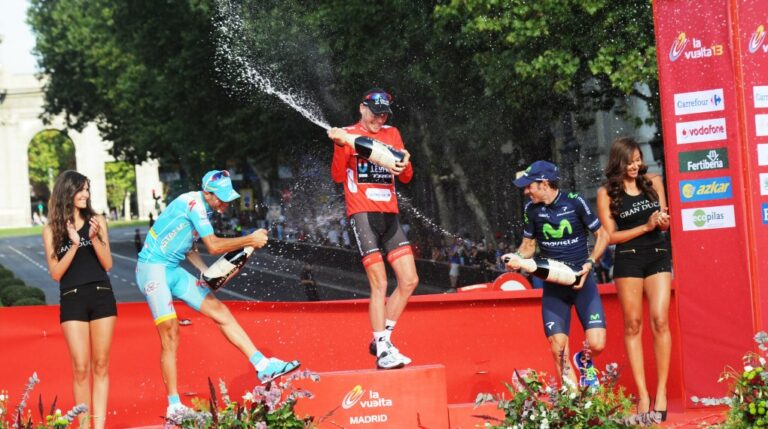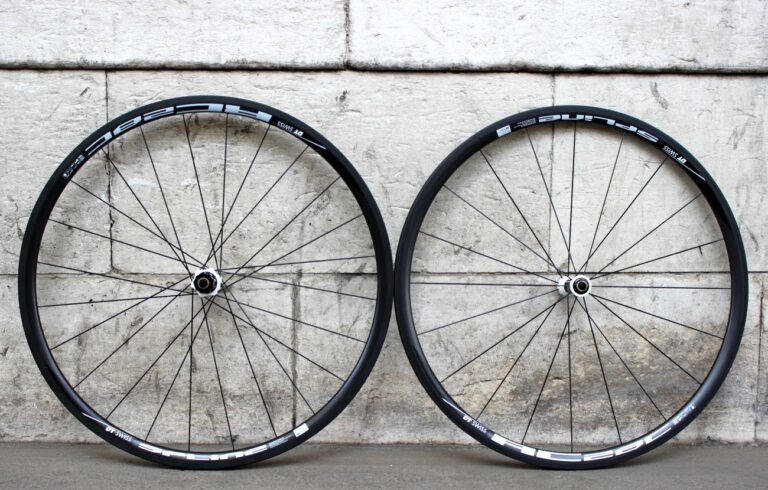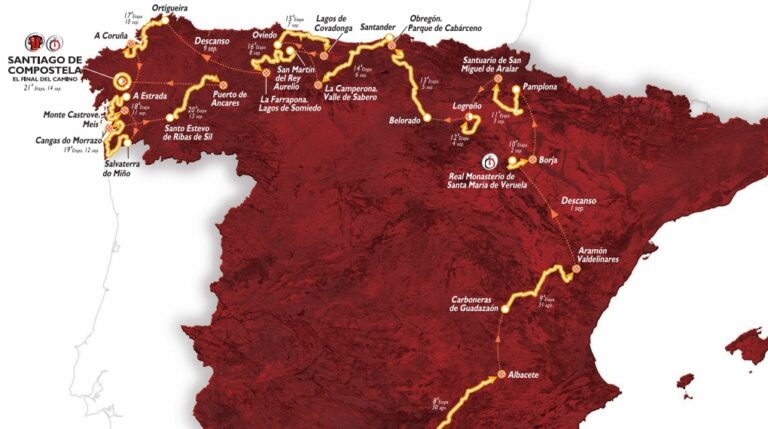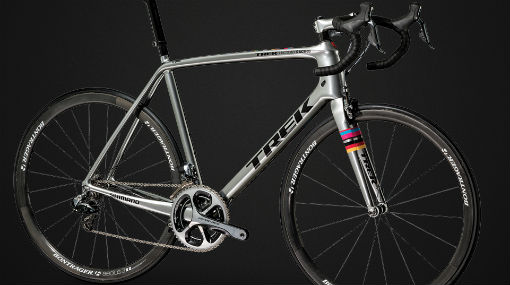The Swiss Side Hadron 625 wheelset is fast, light within its field, and, thanks to a broad, 23mm external rim diameter that positions it in the vanguard of bicycle wheel development, places a lot of rubber on the road.
We wrapped a set in our favoured Schwalbe Ultremo ZX tyres and clung on for the ride. Cornering was superb, its ability to hold speed notable, and the sonic accompaniment – an unmistakable ‘whooshing’ as air rushed through the sizable spoke holes – provided its own motivation to push on.
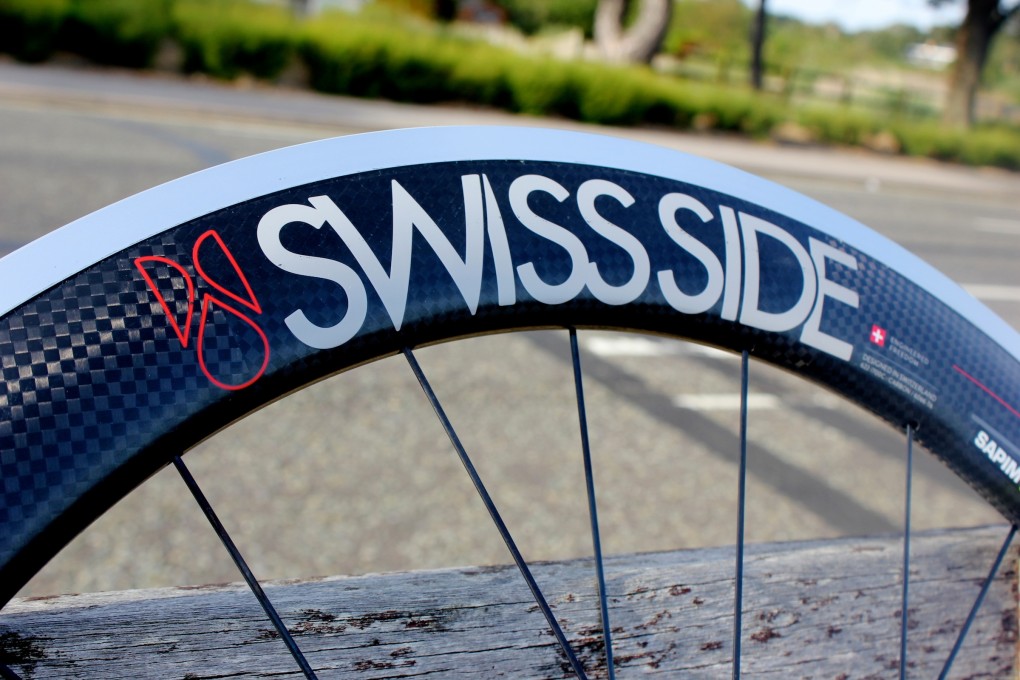
The defiantly aggressive buzz of the Hadron 625’s beautifully-machined freehub added to the pleasing mechanical symphony beneath us, while the Sapim spokes gave the wheels a notable tautness. The carbon rim shrouds proved highly adept at maintaining speed.
We’ve tested carbon wheels with superior performance (Bontrager’s mighty Aeolous 3 D3), but these have a full composite construction and are substantially more expensive. The Hadron 625, with a carbon shroud and aluminium rim, offers many of the advantages for a significantly lower cost.
Read on for a close inspection of the Hadron 625’s constituent parts, and notes on how each performed.
The rim
The carbon shroud that covers the spokes is the centre piece of the Hadron 625 and lies at the heart of Swiss Side’s wind tunnel testing. On the road, its principal advantage was the retention of speed, rather than boosting acceleration. Once up to speed on flat or rolling roads, it was a useful ally. More instant acceleration would perhaps demand a lower overall weight, though for a wheel of two-part construction, the Hadron 625 is far from heavy (the rear wheel tipped our Park digital scale at 930g, sans skewer and cassette; the front wheel, 740g).
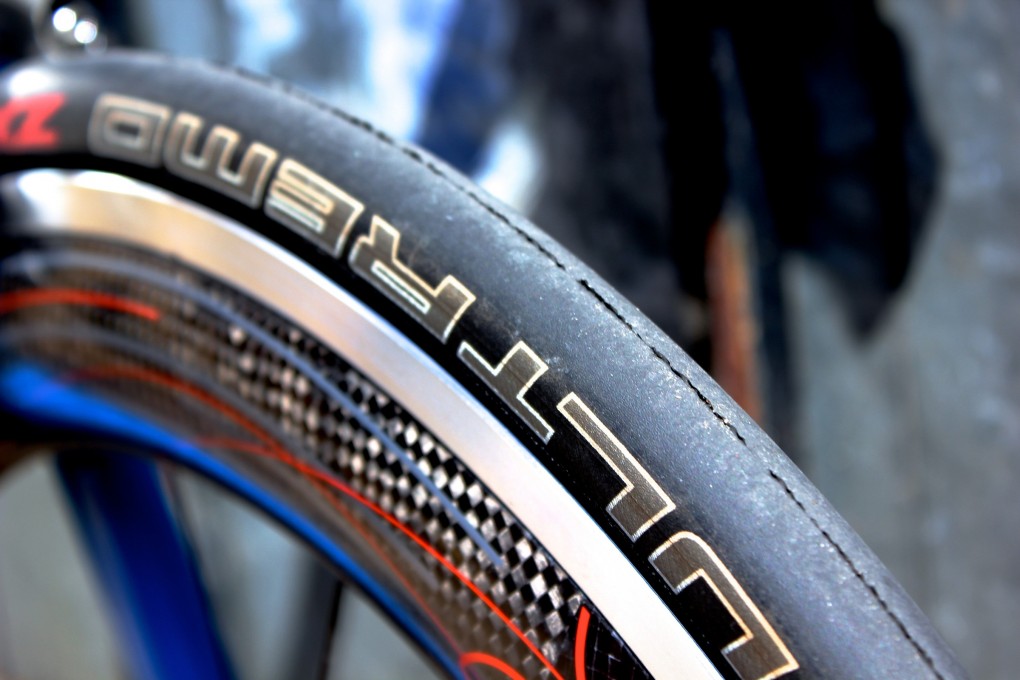
The next area of interest to would-be purchasers of deep section wheels is their performance in crosswinds. Here, the Hadron 625 was some way clear of first generation, high-sided composite wheels, thanks to the toroidal profile of the carbon rim shroud, which rises from the deep sidewalls to a curve at what might be considered the spoke bed.
We experienced light turbulence, but it’s important to highlight the effect of the rider on the process, and your correspondent is a 62kg whippet who in the normal course of affairs would be unlikely to select such deep rims (see the WorldTour paddock and peloton for further examples).
If the effects we experienced were mild, for heavier riders they are likely to be further diminished. While on the topic of lightweight climbing types, the Hadron 625s did nothing to inhibit our progress uphill; a pleasant surprise given the relative merits of weight and aerodynamics at low speeds.
Most significant, however, was the rim width and its effect on the tyre. Our micrometer recorded an external diameter of just over 23mm and an internal diameter of circa 18.5mm. The seating of our Schwalbe Ultremo ZX tyres was noticeably broader than on any other wheelset with which we’ve used them. In practice, this ‘breadth’ translated to copious amounts of its wonderfully soft compound on the road and exhilarating cornering speeds.
The hub
We had a head start in our assessment of the Hadron 625’s hubs, having experienced the same units in our earlier trial of the Franc aluminium clincher. We were happy with their performance then, and nothing we experienced in their new surroundings changed our good opinion. The shells are machined from 6061 aluminium and their low sheen provided an elegant counterpoint to the matte finish of the carbon rim shrouds.
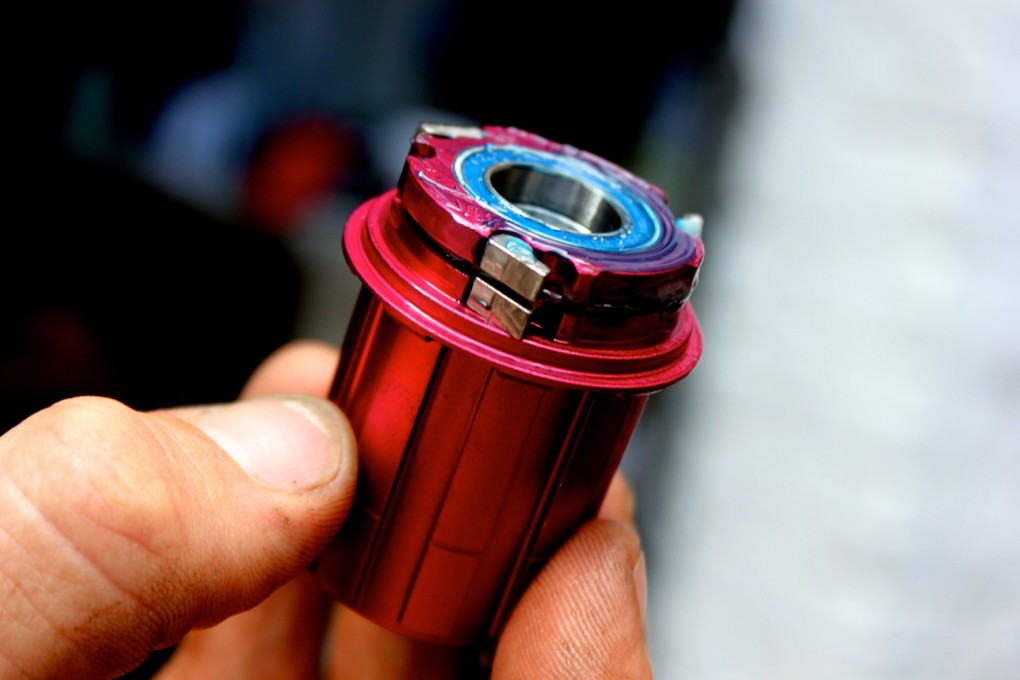
The freehub mechanism, for which Swiss Side claims a patent, provided effective engagement, although its internals didn’t differ significantly from many that we’ve seen before: three pawls, operating independently around a spring of admittedly impressive springiness. Removal of end caps (5mm Allen key at either end, 10mm axle) offered easy access to the bearing, which should prove useful when the time for replacement inevitably arises. While we’re on the topic, Swiss Side offer a ceramic bearing upgrade for €125, but given that the supplied stainless steel units are from Oakland’s highly respected Enduro, we don’t foresee any immediate need. The Hadron 625s spun beautifully in the hand and on the road gave no sense of undue friction.
The spokes
We tipped our cap to Swiss Side’s deployment of Sapim’s flagship CX Ray spoke in our ‘first look‘ and in practice they were part of a wonderfully stiff lacing that meant none of our effort was squandered by flex. The Hadron 625’s aforementioned ability to carry speed inspired out-of-the-saddle, big ring assaults on the short, steep ramps of our regular test loops, and it was here that the stiffness of the wheel was most apparent.
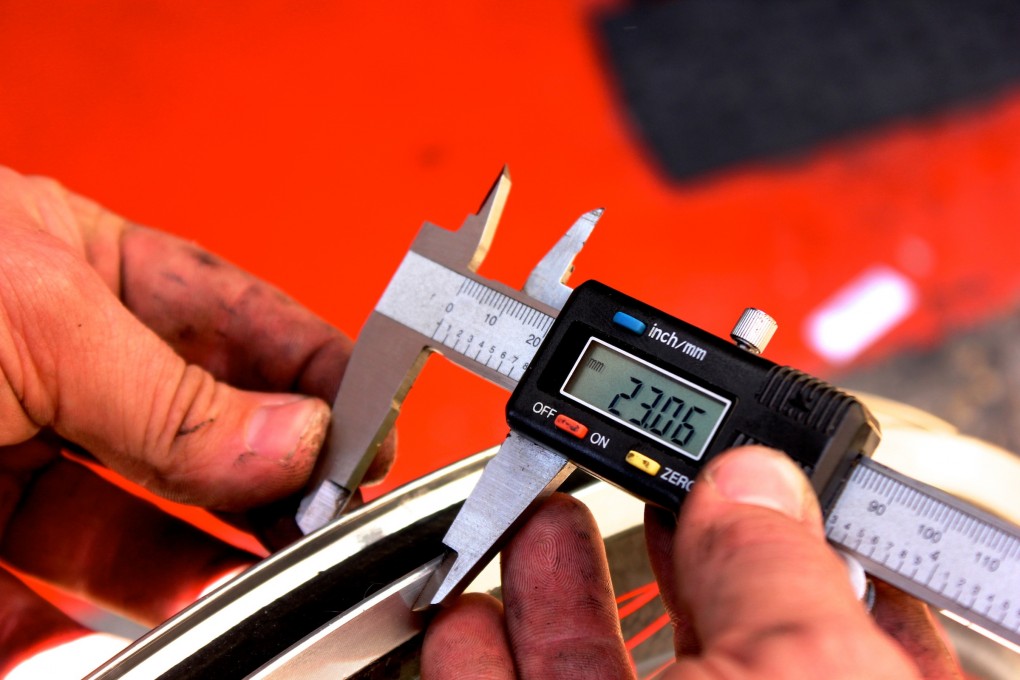
The caveat regarding rider weight might again be valid, but we’d surprised if even significantly heavier riders found much in the way of flex. Swiss Side’s chosen lacings (radial up front, two-cross on the driveside rear, radial on the non-driveside), allied to arguably the most respected spoke on the market, delivered the performance we’ve come to expect from such a tried and trusted configuration.
Conclusion
Swiss Side has invested considerable time and effort in the development of the Hadron 625, and it’s possible to feel the benefits of an extensive wind tunnel testing programme on the road in the ability of the Hadron 625 to retain speed on flat and undulating roads. They’re surprisingly quick on hills too, despite occupying a position outside of the class of super lightweight climbing wheels. While a 62.5mm rim will always experience some susceptibility to crosswinds, the toroidal profile of the shrouds kept this to a minimum.
More sophisticated wheelsets with a full carbon construction may offer greater all-round performance (faster acceleration, lower weight etc) but are likely to be significantly more expensive. The Hadron 625 shares many of the same advantages, with the same striking appearance, at a fraction of the cost – a saving achieved at no cost to the mechanical integrity, which relies upon materials and machining of impressive quality (Sapim spokes, Enduro bearings, CNC-machined hub shells and freehub body etc).
Finally, the appearance. There’s little point in disregarding the fact that many riders buy deep section wheels for their visual appeal, and while Swiss Side would hardly have engaged upon the costly business of an extensive wind tunnel testing programme to create a product for purely cosmetic purposes, the by-product of their hard work at Germany’s GTS facility is an attractive wheelset. They looked well in our Kinesis Racelight TK3 test rig and made an obvious talking point at the café and bike shop.
Price: €999; pre-order – €799
Size: 700c x 23mm external rim diameter; 62.5mm carbon shroud
Colour: black
Website: Swiss Side

